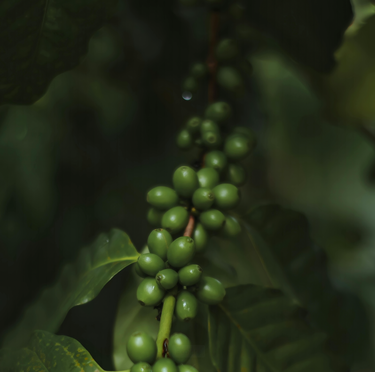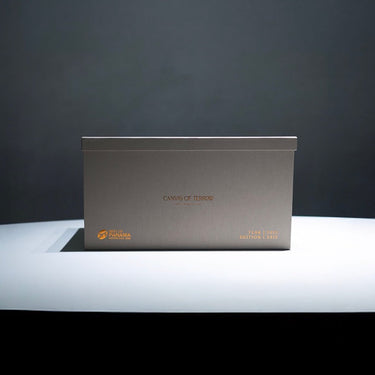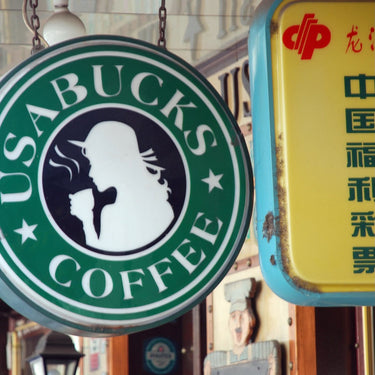Many of us are familiar with the art of wine tasting – the swirling, smelling and sipping. Tasting (or cupping as we call it) coffee is a very similar process. Rave Coffee’s Brooke Purdon (Head of Coffee) tells us a little about the process.
WHAT IS COFFEE CUPPING?
In a nutshell it is tasting coffee - however it’s also an industry standard for measuring coffee quality and a skill you develop to identify the depths of flavour and even defects in coffee. There is an industry standard set out by Speciality Coffee Association (SCA) for cupping coffee which is used by all those involved in coffee production from Coffee Farmers, Importers, Roasters & Barista’s. This ensures a common language between all parties.
Cupping can be done for various reasons - here at Rave Coffee we will check coffee samples from the country of origin up to 4 times before we accept a delivery, we do this to check the quality and flavor match the original offers we were sent. We also quality control our roasted coffee beans by cupping, use it for developing our tasting notes and as an educational tool for staff.

HOW TO CUP COFFEE AT HOME:
As with wine tasting you need to eliminate bias - it is recommended that you don’t wear any strong cologne/perfume and you shouldn’t smoke or eat any pungent foods beforehand that may impact your taste buds. This may sound odd but you shouldn’t talk to others whilst cupping as this can really affect bias and opinions. It is always recommended to cup blind if tasting several coffees i.e don’t reveal the names of the coffees until after everyone has finished tasting.
What you will need:
- Cupping bowls - although any glass or ceramic vessel will do, it’s best if identical for weighing purposes
- Cupping Spoons - A dessert or soup spoon will do but if you want to get serious invest in a cupping spoon!
- Boiling Water (Just off boil - 94°) Remove the lid from the kettle and wait 25-30 seconds before pouring
- Freshly Roasted Coffee - Ideally the coffee should have been roasted no less than 12 hours before the tasting and no more than two weeks post roast.
- Weighing scales
- Timer
- Spit Cup
- Pen & Paper
- Weigh 8.25g of coffee per 150ml of water (scalable depending on the size of your ‘cups’) into your cupping bowl – grind the coffee (cafetière grind – course) and check the dry aroma and see if you can identify any different compounds (Floral | Fruit | Sugary..)
- Add just off the boil water and allow to brew for 4 minutes
- ‘Break the crust’ this is done in 3 uniform strokes through the cupping bowl with the spoon- smell the aroma whilst you do this - yes get your nose up close and personal with the coffee! Using two spoons scoop off the foam and bubbles off the top and discard- this is mostly cellulose and lipids we do not want to taste.
NOTES: Rinse spoons in a mug of water between coffees
Allow the coffee to cool for 8 minutes
- Now it’s time to SLURP- you are looking to aspirate the coffee over your taste buds as well as getting the retro-nasal aspect of tasting.
- Keep tasting the coffee as it cools to room temperature – you may be surprised at the different flavours as the temperature cools.

For professional Cupping we ‘score’ the coffee on the following however if you’re doing this at home then just use the below as a guide and make your own notes
- Flavour? (What flavours do you taste - chocolate/nut/sweet/sugary/fruity/citrus)
- After Taste? (What do you get? Does it last long or does the flavour disappear?)
- Acidity? (Akin to the acidity in an orange or lemon or apple)
- Body? (mouthfeel or thickness, viscosity)
- Balance? (Is sweetness | acidity | body | flavours balance together or biased more towards one end of the spectrum?)
- Sweetness? Yes | No?
- Uniformities?
- Defects? Yes | No?
Formally, the scoring system using the SCA standards is 6-10 (6 being good, very good, outstanding, excellent - 10 is perfect and therefore laughably never achieved) Based on the overall score out of 100 - Rave Coffee only Source coffees that score 80-95 points, with our single origins scoring a minimum of 85.
WHY COFFEE VARIES SO MUCH IN FLAVOUR – JUST LIKE WINE DOES!
There is a huge variety of coffee out there to try (or cup!), ranging in flavour and style depending on the type of bean, origin and roaster. Environmental factors like terroir and climate, as well as production methods, all play a key part in a coffee’s flavour – just like it does in winemaking.
Every coffee is unique, and even the same varietal grown in different countries will present differently in the cup, much how a Merlot grown in France will be different to a Merlot from Chile. Thanks to the unpredictability of weather, a coffee bean will even vary in style and flavour year to year, in the same way grapes in a vineyard react to the climate, leading to changes in the wine with each vintage.
With so much in common in how coffee beans and grapes are shaped by their environment, and with so many coffee and wine styles out there to explore, you can see how coffee cupping and wine tasting are not so different after all.
So, there you have it, how to coffee cup like a pro. And if you fancy having a go at tasting wine like a pro (and seeing for yourself just how similar the processes are!) then check out this handy guide on How To Taste Wine by our friends over at Virgin Wines Take a peak at your Rave Orders for a great offer from these guys too.







I am a new customer and this guidance is fascinating. Thank you.
Derek on